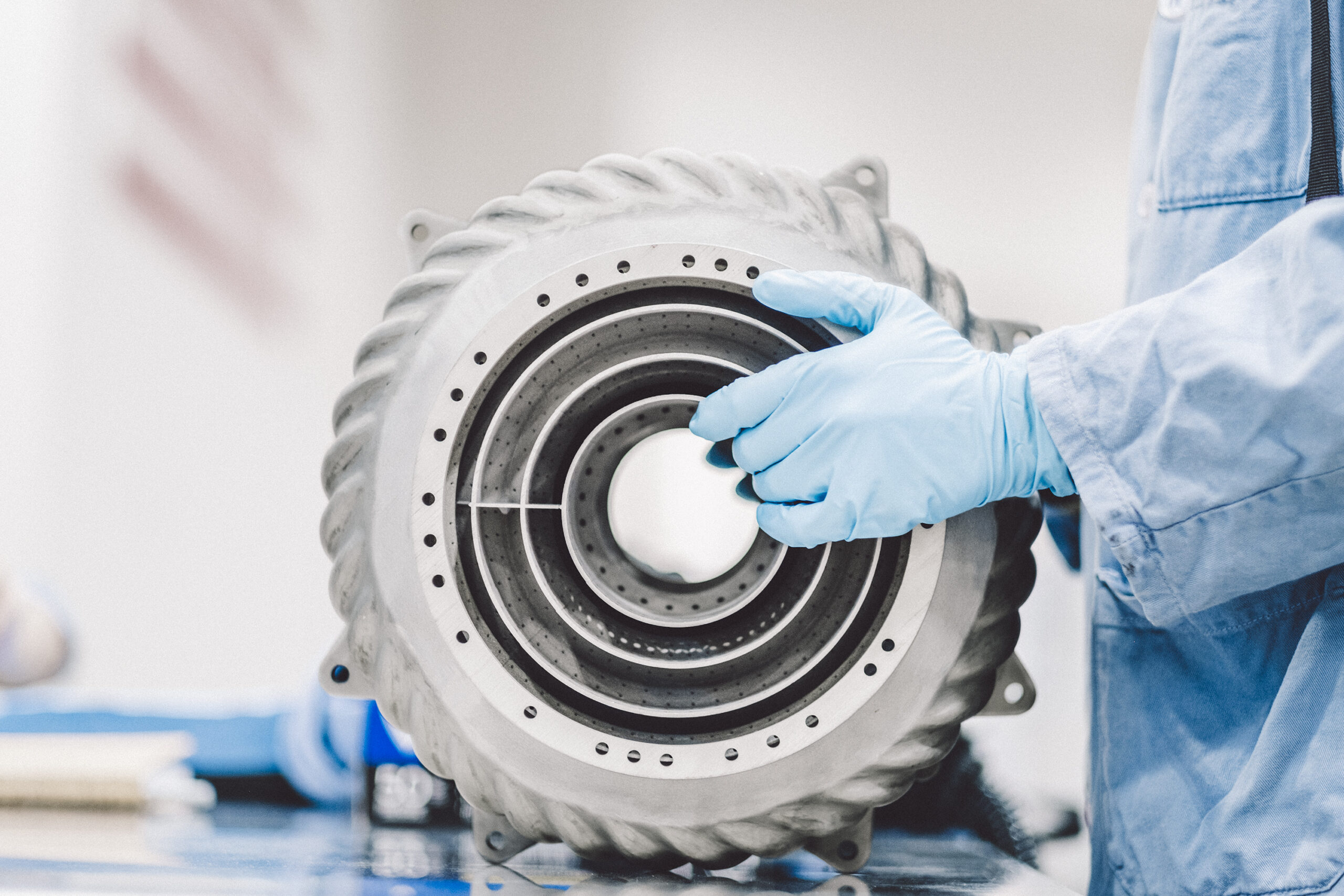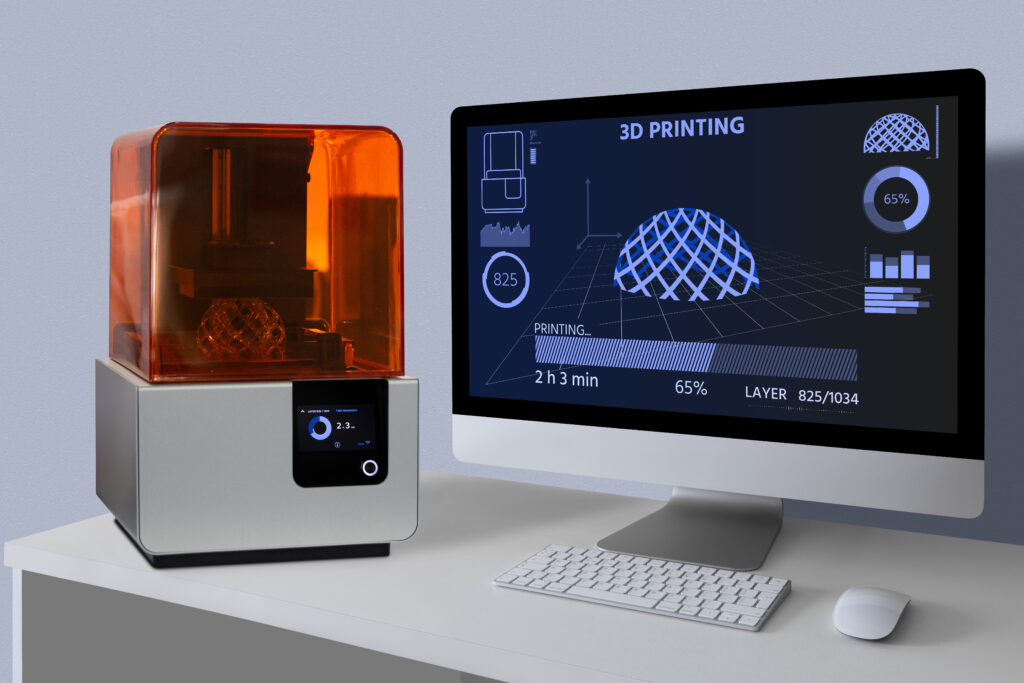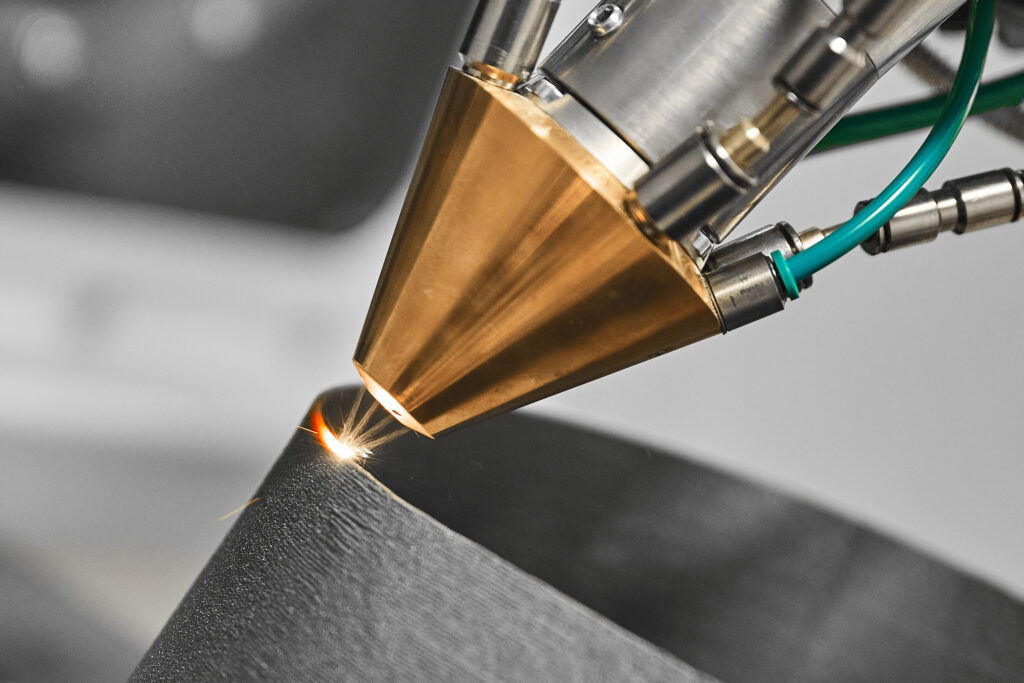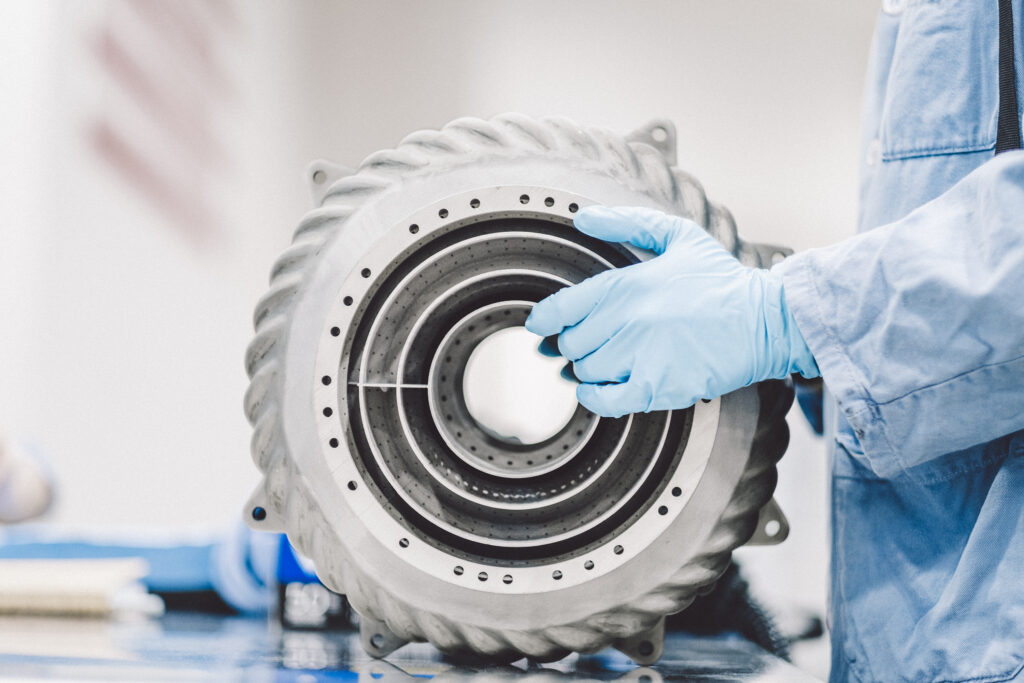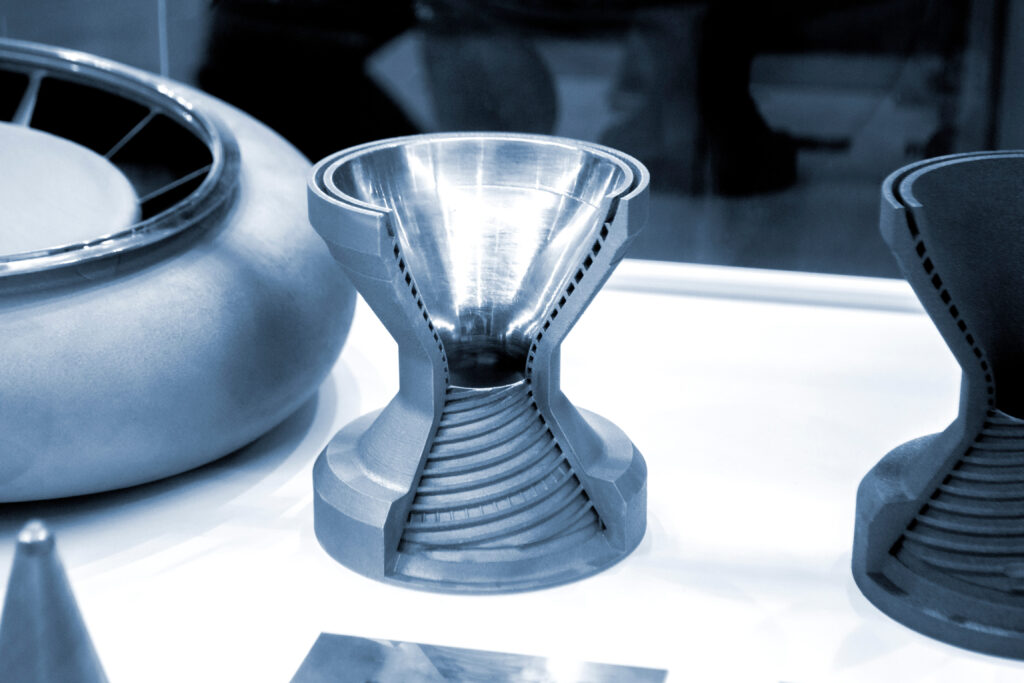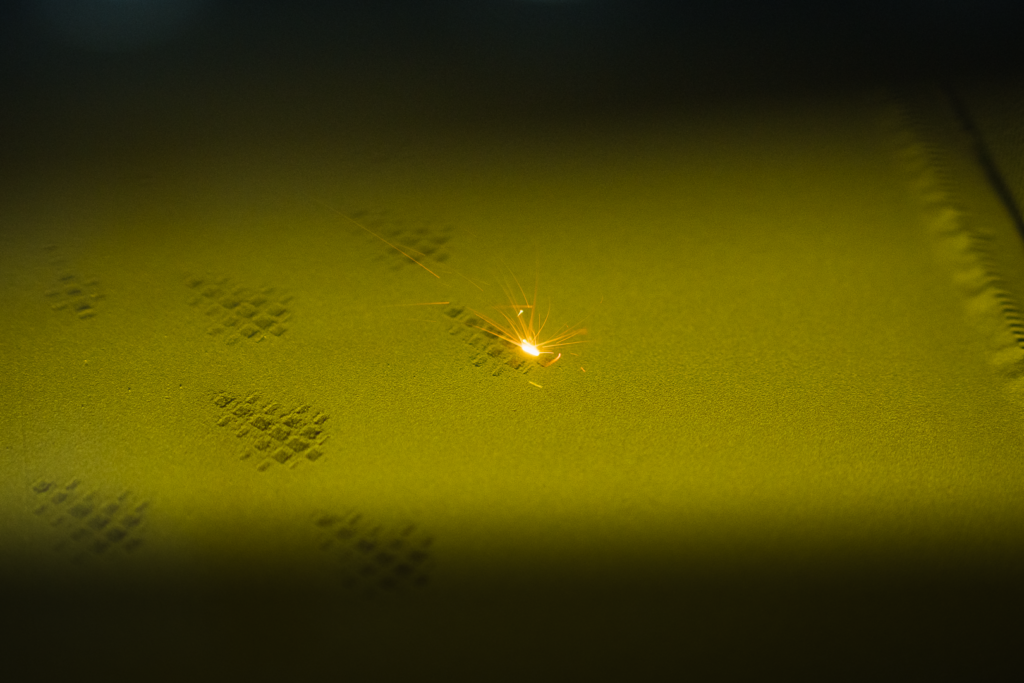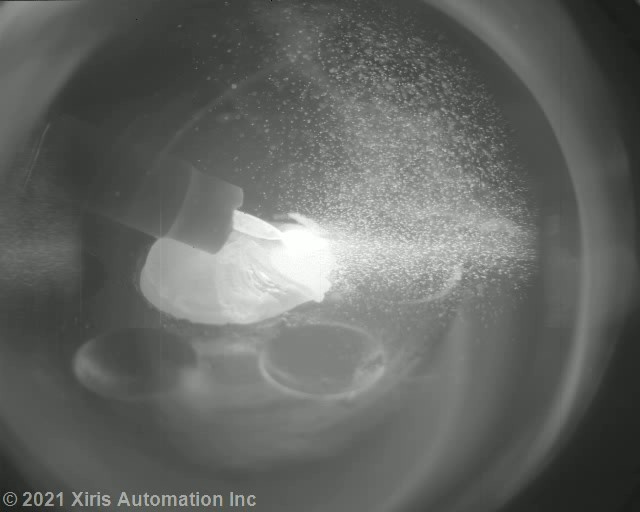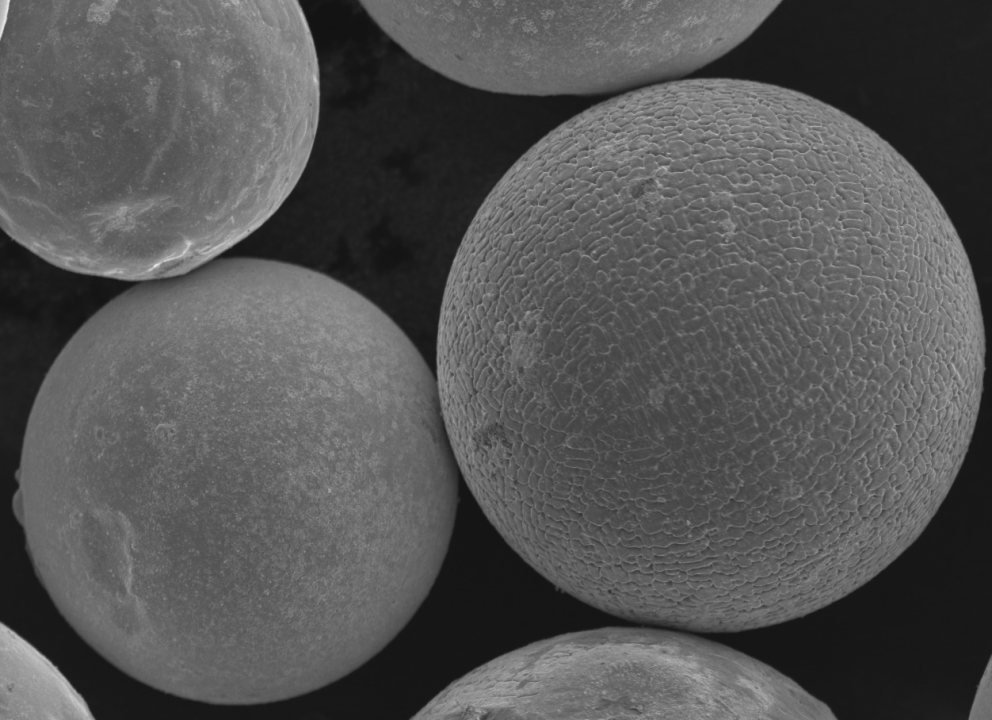What you will learn from this article:
-
What is additive manufacturing?
-
How does this additive technology work?
-
When was Additive Manufacturing Invented?
-
What are Additive Manufacturing Technologies and Techniques?
-
What are advantages and limitations of additive manufacturing?
-
What is the role of ultrasonic atomization in metal AM?
-
How does metal 3D printing process look like?
-
How is additive manufacturing different from traditional manufacturing? Will additive manufacturing replace conventional manufacturing?
Additive Manufacturing, frequently referred to as 3D printing, involves the fabrication of three-dimensional objects through the successive deposition of material layers based on digital models. This process diverges from traditional techniques, such as subtractive manufacturing (machining) and formative manufacturing (molding and casting), as it enables the production of more sophisticated, intricate, and tailor-made structures. Owing to its unique capabilities, Additive Manufacturing has experienced substantial growth and adoption across diverse sectors, encompassing aerospace, automotive, and healthcare, among others.
What is Additive Manufacturing?
Additive Manufacturing, enables the production of three-dimensional structures from digital blueprints by sequentially depositing material layers. Unlike conventional fabrication approaches, such as subtractive and formative manufacturing, AM enables the realization of more elaborate, intricate, and tailor-made configurations.
(source: Adobe Stock)
A Brief History of Additive Manufacturing
In a time long ago, during the 1980s, the idea of additive manufacturing took root thanks to Dr. Hideo Kodama from Japan. He conceived a technique for crafting three-dimensional objects using photopolymer resin. But it wasn’t until 1986 that the modern 3D printing era truly commenced, with American engineer Charles Hull patenting Stereolithography (SLA), forever altering the course of fabrication.
As time went on, more pioneers joined the additive manufacturing movement, each contributing their distinct concepts and methodologies. In 1988, S. Scott Crump brought forth Fused Deposition Modeling (FDM), and a year later, Dr. Carl Deckard unveiled Selective Laser Sintering (SLS). Together, these innovators fueled the expansion and metamorphosis of additive manufacturing.
The advancement of additive manufacturing has been nothing short of extraordinary. Over the years, novel materials, techniques, and software have been developed, pushing the limits of what was once deemed feasible. Presently, additive manufacturing has integrated itself into various sectors, enabling swift prototyping, extensive personalization, and the fabrication of intricate structures that were previously considered unattainable. Thus, the narrative of additive manufacturing endures, continually writing new chapters of invention and evolution.
The Diversity of Additive Manufacturing Technologies and Techniques
Numerous distinct methods and technologies play a role in additive manufacturing, each providing exclusive benefits and addressing particular applications. In the realm of additive technology, some methods and printing technologies have become particularly prevalent.
Fused Deposition Modeling (FDM)
This popular approach consists of extruding a heated thermoplastic substance through a nozzle (material extrusion process), subsequently depositing it layer by layer to construct the intended object. FDM is an economical option suitable for creating prototypes and functional components with moderate precision and durability.
(source: Adobe Stock)
Powder Bed Fusion (PBF)
PBF techniques, such as Selective Laser Sintering (SLS), also known as Laser Powder Bed Fusion, and Selective Laser Melting (SLM), are known for producing strong, functional parts with complex geometries and excellent mechanical properties.
- Selective Laser Sintering: SLS involves the use of a high-powered laser to fuse powdered material, such as ex. Nylon layer by layer. This method is known for its ability to produce strong, functional parts with complex geometries and excellent mechanical properties.
- Selective Laser Melting: Similar to SLS, SLM uses a laser to fuse metal powder selectively. This technique is popular in industrial additive manufacturing requiring high-strength, lightweight, and complex metal parts, such as aerospace and automotive.
Electron beam melting
(EBM) represents a sophisticated additive process method that employs a concentrated, high-energy electron beam to selectively melt and join layers of metal powder. This procedure occurs within a vacuum chamber, which inhibits oxidation and facilitates the fabrication of top-quality, fully dense elements. EBM stands out for its ability to produce components that exhibit exceptional mechanical qualities like robustness, endurance, and resistance to fatigue.
Binder Jetting
This process involves selectively depositing a liquid binding agent onto a bed of powder particles to form the desired part. Binder Jetting process allows for printing from various materials such as metals, ceramics, and even sand for casting forms. Technology allows higher production rates and is suitable for manufacturing, large-scale additive manufacturing, or intricate objects after the printing process, parts need to be sintered to remove the binder material and to identify the build material. This process, however leed to distortions in the parts.
Directed Energy Deposition (DED)
DED entails melting and merging material while it is applied to a base. This method is appropriate for repairing or enhancing existing components and is compatible with a diverse array of materials, such as metals, ceramics, and polymers.
(source: Adobe Stock)
Material Jetting
Techniques like PolyJet and MultiJet characterize Material Jetting process, wherein droplets of material are placed onto a building platform and subsequently cured or solidified to construct the object. This approach boasts high precision and surface quality, rendering it perfect for crafting elaborate geometries, detailed features, and visually appealing models.
Stereolithography (SLA)
SLA uses a UV laser to selectively cure a photopolymer resin, building up the object layer by layer. This technique offers high resolution and surface finish, making it ideal for creating complex geometries, intricate details, and aesthetically pleasing models.
(source: Adobe Stock)
Additive Manufacturing applications
Additive manufacturing has discovered a plethora of applications throughout various sectors, fostering the development of inventive, tailored, and intricate elements.
Within the aerospace domain, it has been utilized to fabricate lightweight, high-strength components, such as engine parts and brackets, which boost fuel efficiency and minimize emissions.
Similarly, the automotive industry has taken advantage of additive manufacturing to produce custom car components and lightweight constructions, ultimately enhancing vehicle performance and shortening production timelines.
In the healthcare field, researchers have made significant progress in crafting patient-specific implants, prosthetics, and surgical instruments, leading to improved patient outcomes and shorter recovery periods.
Military and defense sectors employ additive manufacturing to create lightweight, durable pieces for weaponry, communication devices, and vehicles. Additionally, this technology enables rapid prototyping and the capacity to manufacture essential components in distant locations.
(source: GE Additive)
Space exploration has reaped benefits from additive manufacturing as well, with organizations like NASA employing this method to construct complex satellite parts and rocket components, lowering overall weight and assembly intricacy.
Lastly, in industrial manufacturing, additive manufacturing has transformed the creation of elaborate molds and jigs, promoting increased design flexibility and expediting the production process.
Advantages of Additive Manufacturing
Additive Manufacturing offers numerous benefits that make it a valuable tool in various industries. One of the most significant advantages is design freedom, which allows for the production of complex geometries, internal structures, and organic shapes that would be nearly impossible to create using traditional methods.
Customization is another key advantage, as each object can be tailored to individual requirements, enabling mass customization and personalized products. This technology also significantly reduces material waste by adding material only where needed, resulting in lower costs and a smaller environmental footprint.
The ability to rapidly produce functional prototypes is another important benefit of AM, as it allows for faster iterations and reduced time-to-market. On-demand production is possible with AM, eliminating the need for large inventories and minimizing storage costs and waste.
Lastly, AM enables the use of new materials, combinations, and material gradients, providing a platform for material innovation and discovery.
(source: Adobe Stock)
Limitations of Additive Manufacturing
Despite its many advantages, additive manufacturing also has some limitations. For instance, AM often has a slower production speed compared to conventional manufacturing processes, especially for large-scale production. Additionally, certain scenarios limit the technology’s applicability because some additive manufacturing machines usually impose more restrictions on the size of the objects they can print.
Material properties can also be a concern, as some additive manufacturing processes may result in parts with inferior mechanical properties compared to traditionally manufactured components. Furthermore, post-processing is often necessary to achieve the desired surface finish and dimensional accuracy, which may increase production time and costs.
Understanding the Metal Additive Manufacturing Process
Metal AM has evolved as a potent approach for crafting high-quality, intricate metal elements. Methods like DMLS and SLM employ a laser to selectively merge material powder layer upon layer, resulting in fully dense metal components. This innovation has unlocked new opportunities for sectors like aerospace, automotive, and medical, where there is a high demand for robust, lightweight, and elaborate parts.
Metal AM facilitates the fabrication of geometrically intricate components that would be challenging or unattainable to produce using traditional manufacturing methods. This capability fosters the invention of novel designs and cutting-edge engineering resolutions, such as topology optimization and lattice formations, potentially leading to considerable weight reduction and enhanced performance. For example, it allows the creation of customized implants and prosthetics in the medical domain, tailored to each patient’s distinct anatomical needs.
Metal 3D Printing Process
Commonly referred to as metal 3D printing, metal AM represents a cutting-edge technology that facilitates the creation of intricate metal components with shapes that cannot be achieved using conventional manufacturing methods. Additive processes include utilizing a computer-aided design (CAD)and slicing the part into layers. Metal AM offers various advantages over traditional manufacturing techniques, such as greater design flexibility, minimized waste, and enhanced mechanical properties.
(photo: Jakub Tomaszewski)
Metal AM entails the construction of metal components in layers, using a CAD file as a guide. The procedure commences with dividing the CAD file into thin cross-sectional layers. The metal material is subsequently deposited in layers, ultimately forming the final component. A computer program (additive manufacturing software) accurately controls the deposition of the build material throughout the process.
After the printing process is complete, the object is left to cool before being removed from the build chamber. Post-processing steps may include depowdering, support removal, heat treatment, surface finishing, and quality inspection.
The Role of Ultrasonic Atomization in Metal AM
In the rapidly evolving world of metal AM, AMAZEMET stands at the forefront as a leader in ultrasonic atomization. Ultrasonic atomization enables the production of high-quality metal powders with unparalleled precision and consistency. This innovative technology uses high-frequency sound waves to generate vibrations, which cause a liquid metal layer to disperse into fine metal droplets. As these droplets solidify in flight, they form spherical metal powders with uniform size distribution and excellent flowability, crucial factors in achieving optimal part density and mechanical properties in the final printed components.
(source: AMAZEMET)
By offering greater control over the powder characteristics, ultrasonic atomization significantly enhances the performance of metal AM processes. Furthermore, it opens up opportunities for developing new materials and alloys, paving the way for further advancements in this rapidly evolving field.
By pushing the boundaries of what’s possible in metal AM, AMAZEMET made its own contributions to the design and production of metal components. At the heart of AMAZEMET’s success lies a steadfast commitment to advancing additive manufacturing technologies. The company’s expertise in ultrasonic atomization has led to the development of machines like rePowder, inFurner, and safeEtch, which facilitate powder production, new material development, heat treatment, or support removal. By offering these solutions, AMAZEMET ensures its clients can optimize their manufacturing processes and achieve outstanding results.
The Future of Additive Manufacturing
Additive Manufacturing delivers a new way we approach design, production process, and innovation across various industries. By understanding the techniques, technologies, and growing importance of metal AM, we can tap into its full potential and reshape the future of manufacturing. With continued advancements and increased adoption, AM promises to have a lasting and positive impact on our world.


